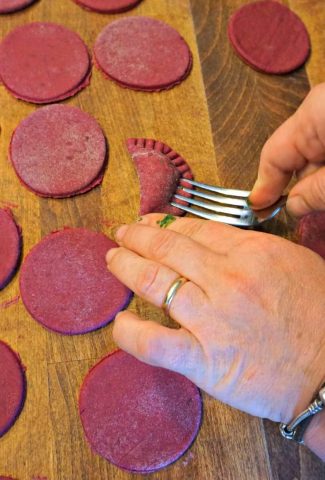
Why Bother Making Fresh Red Beet Pasta?
Recently I developed a recipe for Red Beet Ravioli with Spinach and Goat Cheese, which was absolutely yummy. Of course, I may be a bit biased. So don’t rely on my word, try it yourself and see how delicious is this ravioli dish!
The red beets in the pasta make the dough a vibrant purple color, which will certainly make any plate look more attractive. The red beets also add dietary fiber, vitamins, minerals and nutrients that will help you and your family remain healthy. Contrary to common belief, red beets are not high in sugar; sugar makes up only about 4% of red beets.
When added to the dough, the red beets give a subtle hint of beet flavor to the cooked pasta. You will hardly notice that red beets are in your dish, except for their color and a hint of their earthy flavor.
If you enjoy making your own fresh pasta, you can use cooked red beets prepared by you or boiled red beets you can buy packaged at your local grocery store. Either way you will appreciate their flavor and health benefits.
You may use this Fresh Red Beet Pasta for any type of pasta: ravioli, lasagna, fettuccine, or pappardelle. The recipe below will guide you through your preparation by hand or machine. Any way you choose to make this Red Beet Pasta, you will be thrilled with the final result.
This Fresh Red Beet Pasta recipe is kid-friendly. Children will enjoy mixing, kneading or rolling the dough. The crimson red color of this pasta will make it even more fun for kids to enjoy preparing with you.

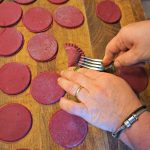
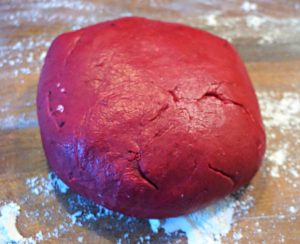
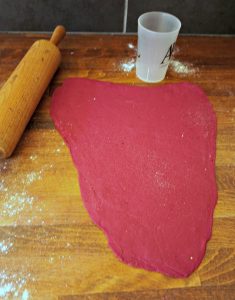
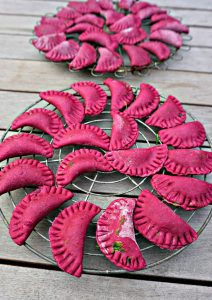
Leave a Reply